#Paper Mills
Text

#vanilla#food#rabbit hole#old book smell#topsoil#wood spirits#paper mills#slavery#orchids#plants#biochemistry#food science#meme#free range sustainable shitpost#troglodyte thoughts#like seriously this has been the best wikiwalk ever
412 notes
·
View notes
Text
Another deep dive into the history of text technology! I admit the title is terrible, I seriously could not think of a better one, woe
4 notes
·
View notes
Text
"He was never married": The story of John H. Packard, the papermaker [Part 2]
Notes
[1] Massachusetts, U.S., Birth Records, 1840-1915 for John Henry Packard _up through 1910 - 1883, Image 680.
[2] 1900 United States Federal Census for John H Packard, Massachusetts, Hampshire, Plainfield, District 0644, Year: 1900; Census Place: Plainfield, Hampshire, Massachusetts; Roll: 654; Page: 2; Enumeration District: 0644; FHL microfilm: 1240654.
[3] 1930 United States Federal Census for John H Packard, Massachusetts, Berkshire, Dalton, District 0012, Year: 1930; Census Place: Dalton, Berkshire, Massachusetts; Page: 21A; Enumeration District: 0012; FHL microfilm: 2340619; U.S., City Directories, 1822-1995 for John H Packard, Massachusetts, Berkshire, 1935, Berkshire, Massachusetts, City Directory, 1935, 104; U.S., City Directories, 1822-1995 for John H Packard, Massachusetts, Berkshire, 1938, Berkshire, Massachusetts, City Directory, 1938, 129; 1940 United States Federal Census for John H Packard, Massachusetts, Berkshire, Dalton, 2-21, Year: 1940; Census Place: Dalton, Berkshire, Massachusetts; Roll: m-t0627-01567; Page: 8B; Enumeration District: 2-21;
U.S., City Directories, 1822-1995 for John H Packard, Massachusetts, Berkshire, 1942, Berkshire, Massachusetts, City Directory, 1942, 123; U.S., City Directories, 1822-1995 for John H Packard, Massachusetts, Berkshire, 1948, Berkshire, Massachusetts, City Directory, 1948, 51; 1950 United States Federal Census for John P Packard, Massachusetts, Berkshire, Dalton, 2-29, Image 23; 1920 United States Federal Census for John H Packard, Massachusetts, Berkshire, Dalton, District 0013, Year: 1920; Census Place: Dalton, Berkshire, Massachusetts; Roll: T625_679; Page: 7A; Enumeration District: 13; U.S., City Directories, 1822-1995 for John H Packard, Massachusetts, Berkshire, 1926,Berkshire, Massachusetts, City Directory, 1926, p. 398; U.S., City Directories, 1822-1995 for John H Packard, Massachusetts, Berkshire, 1929, Berkshire, Massachusetts, City Directory, 1929, p. 287; U.S., World War I Draft Registration Cards, 1917-1918 for John Henry Packard, Massachusetts, Lee City, 3, Draft Card P, Image 7. This document also noted that he has dark brown eyes and black hair.
[4] "Heath: Local and Personal", North Adams Transcript (North Adams, Massachusetts), Aug. 16 1949, 11; Massachusetts, U.S., Town and Vital Records, 1620-1988 for John Henry Packard, Heath, Births, Marriages and Death, Image 464; "Obituary of John H. Packard, "son of Cyrus and Dora Mills Packard"" clip within The North Adams Transcript, North Adams, Massachusetts, 30 Oct 1950, Page 15. Also here.
[5] This was, in some way, also confirmed by pages 97, 101, and 104 which list a "Packard, Mrs. Frank" and "Packard, Lena" in the town, but no John H. Packard.
[6] In 1920 he lived on 37 John Street. In 1930, he lived on 261 South Street. In 1935, he lived at 405 High Street. From 1938-1940, he lived 15 Pine Street. From 1942-1950, seemingly, he lived at 16 Chamberlin Ave.
[7] 34-year-old Bertha Greene, 37-year-old Paul E. Borden, 47-year-old Elizebeth Marshall, 18-year-old Mary Marshall, 51-year-old Gilbert Shepard, 45-year-old Katherine Shepard, 23-year-old Edward Shepard, 33-year-old Timothy J. Morrison, 43-year-old Henry W. Mason, 65-year-old John W. Place, 61-year-old Louise Stanton, 25-year-old Miriam I. Stanton, 25-year-old Charles Zink, and 63-year-old Patrick J. Layton. were described as papermakers, while 16-year-old Ethel Goodermote was noted as a plater, 31-year-old Melase Williams as a mill-wright, Rose (age 31) and Olive Orton (age 26) as sorters, 24-year-old Benjamen Porter as laborer. Likely 20-year-old John Marshall who was noted as a machinist who worked at a machinist shop, and 59-year-old Frank B. Stanton as a janitor at an electric plant were also working at the paper mill.
[8] Hayley Glatter, "Massachusetts Has the Second-Largest LGBT Population in the Nation", Boston Magazine, May 25, 2018; Sean Cahill, Sophia Geffen, Anise Vance,
Timothy Wang, and Jacob Barrera, "Equality and Equity: Advancing the LGBT Community in Massachusetts", Boston Indicators and The Fenway Institute, May 2018, pages 9-12.
Also see Wikipedia pages "Massachusetts 1913 law" which invalidated marriages of non-residents if marriage was invalid in state they lived and repealed in 2008 (its funny that a referendum was never brought in 2008 because those who repealed it was too cowardly and afraid of being harassed as they should be as reinstating the law is homophobic), and "LGBT rights in Massachusetts" along with
the article "Great Cities for LGBTQ Folks in Massachusetts" (lists Boston, Provincetown, Salem, and Cambridge as cities), "45 Years of Queer: A Massachusetts LGBTQ History" (says "from the start of the LGBTQ rights movement in the 1970s, Massachusetts has been a pioneer in supporting the LGBTQ community"), "Springfield Mass. Pride: Past, Present & Future" in The Rainbow Times, articles in The Rainbow Times about happenings in Western Massachusetts, a LGBTQ Youth organization named OutNow in Springfield, Massachusetts, "Massachusetts Resources - LGBTQ+" on Together We Are Not Alone, Rob Phelps' article "Sites to See: LGBTQ History for New England Day Trippers" in Boston Spirit (lists Beauport, the Sleeper-McCann House, 75 Eastern Point Blvd., Gloucester as a site in Massachusetts), "NonProfits Community Groups Massachusetts" on a LGBTQ directory named Pink Pages, "LGBTQ" webpage of Massachusetts Office of Travel and Tourism website which is focused on Northampton, "Tracing Queer History in Boston" on the Boston Preservation Alliance website, Ellie White's "LGBT History Month: Whose Histories Are Included?" article on the LGBT Foundation website, "Facts - The reason we are here" from the LGBT Coalition in Western Massachusetts (more about them in next note), and "LGBTQ Towns" discussion on /r/Massachusetts in November 2021 (in comments, people suggest Northampton and Pioneer Valley in Western MA, Lowell, Dartmouth, Amherst, Easthampton, Provincetown, Boston, Hampden County, Attleboro, Salem, Cambridge, and Camberville while saying "Everywhere in Mass is accepting of LGBTQ people").
Additionally, Gay Cities only has listings for four places in Massachusetts: Boston, Worchester, Provincetown, and Northampton.
[9] "Ashley Mark, LGBT Coalition of Western Massachusetts", Daily Hampshire Gazette, Feb. 20, 2014; Brian Steele, "LGBT Chamber expands into western Mass.", Daily Hampshire Gazette, Dec. 7, 2021; Bob Linscott, "Thriving social scene emerging for LGBT older adults in Western Mass.", Boston Spirit, Feb. 28, 2017; "About the Coalition", LGBT Coalition in Western Massachusetts, 2012. It appears that the LGBT Coalition in Western Massachusetts is currently defunct when looking at their LinkedIn page (also here) along with pages on visithampshirecounty.com, Guidestar, ProPublica, and Gay Cities. There is currently a Facebook Group called Western Massachusetts and Northern Connecticut LGBTQ Alliance, which seems semi-active.
[10] The others living in the household were the 16-year-old stepdaughter of Herbert (Ruth E. Pierce), 72-year-old lodger Rhoda Peterson, Harriet's 82-year-old mother (Hannah M. Whitney), and a six-year-old lodger (Dorothy G. Shaw)
[11] 1950 United States Federal Census for James Fitzgibbons, Massachusetts, Berkshire, Dalton, 2-24, United States of America, Bureau of the Census; Washington, D.C.; Seventeenth Census of the United States, 1950; Record Group: Records of the Bureau of the Census, 1790-2007; Record Group Number: 29; Residence Date: 1950; Home in 1950: Dalton, Berkshire, Massachusetts; Roll: 3485; Sheet Number: 26; Enumeration District: 2-24; U.S., World War II Draft Cards Young Men, 1940-1947 for James Leland Fitzgibbons, Massachusetts, Ellis-Fucca, Fitgerald, John M.-Fitzpatrick, James H., National Archives at St. Louis; St. Louis, Missouri; Draft Registration Cards for Massachusetts, 10/16/1940-03/31/1947; Record Group: Records of the Selective Service System, 147; Box: 324, Image 1470;
Massachusetts, U.S., Birth Records, 1840-1915 for James Leland Fitzgibbons,_up through 1910, 1902, Image 76 (Page 101); 1930 United States Federal Census for James L Fitzgibbons, Massachusetts, Berkshire, Dalton, District 0013, Year: 1930; Census Place: Dalton, Berkshire, Massachusetts; Page: 18B; Enumeration District: 0013; FHL microfilm: 2340619. Also for context is the 1910 census, the first one he appears in: 1910 United States Federal Census for James L Fitzgibbons, Massachusetts, Berkshire, Otis, District 0064, Year: 1910; Census Place: Otis, Berkshire, Massachusetts; Roll: T624_572; Page: 7A; Enumeration District: 0064; FHL microfilm: 1374585. This may be him in the 1920 census, although it can't be confirmed: 1920 United States Federal Census for James Fitz-Gibbons, Massachusetts, Worcester, Worcester Ward 5, District 0262, Year: 1920; Census Place: Worcester Ward 5, Worcester, Massachusetts; Roll: T625_750; Page: 3B; Enumeration District: 262.
Note: This was originally posted on July 10, 2023 on the main Packed with Packards WordPress blog (it can also be found on the Wayback Machine here). My research is still ongoing, so some conclusions in this piece may change in the future.
© 2023 Burkely Hermann. All rights reserved.
#packards#genealogy#family history#genealogy research#massachusetts#sources#paper mills#paper makers
0 notes
Text
Obsessed with the degrees to which james wilson is a messy bitch. Primps and preens himself whenever he realises his boy best friend is stalking / sabotaging / psychological-warfare-ing him. Slept with his terminal patient. Immedicable people pleaser. Chronic adulterer. Three ex wives. PROPOSED TO HIS GIRLFRIEND AT SOMEONE ELSE'S WEDDING? Fuck you doin in the oncology wing my boy. Psychiatric ward is on the left corner
#Soooooooooooo obsessed about him becos you see him and youre like “oh houses responsible friend who exasperatedly keeps him in check...”#Like resident pretty boy heart of gold heartthrob with an inclination to taking care of his poor tortured friend#Like as run of the mill as you can get#Then six seasons theyre stringing each other up in booby traps in their shared domestic apartment. Girl what the fuck#Like james wilson is not crazier than house i wld say but like 2me. Its not even something thats quantifiable#theyre so wildly unhinged in different ways#ITS SO CRAZY.................... BY BEING TOGETHER THEY MAKE THEMSELVES THE WORST AND BEST VERSIONS OF THEMSELVES ITS CRAZY#So many thots abt them........ going2 spend the rest of my life trying 2 get them down on paper#gregory house#james wilson#hilson#house md#johan being crazy about yaoi md
1K notes
·
View notes
Text






JunMill playing the paper kiss game (and being really close friends)
#i won't ever get over it im afraid#it's been almost 24 hours and all i can think about is junji's grip on mill's neck#also mill using his tongue to push the paper????#onlyoneof#onlyoneof mill#mill#yongsoo#onlyoneof junji#junji#kpop#kpop boys#can mill move and give me back my seat please??
198 notes
·
View notes
Text
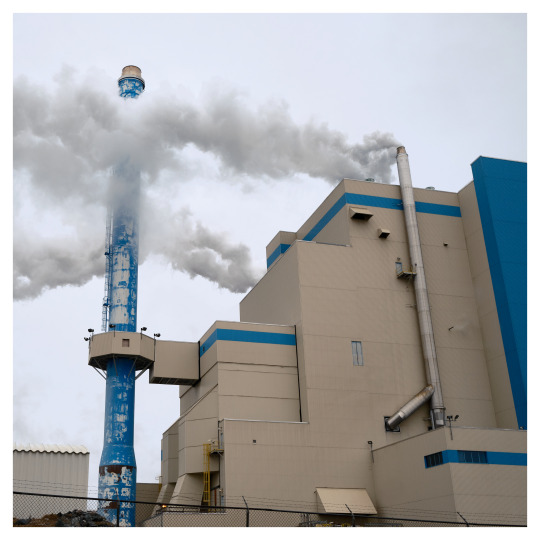
moulin à papier, chemin des étangs, lebel-sur-quévillon
409 notes
·
View notes
Text
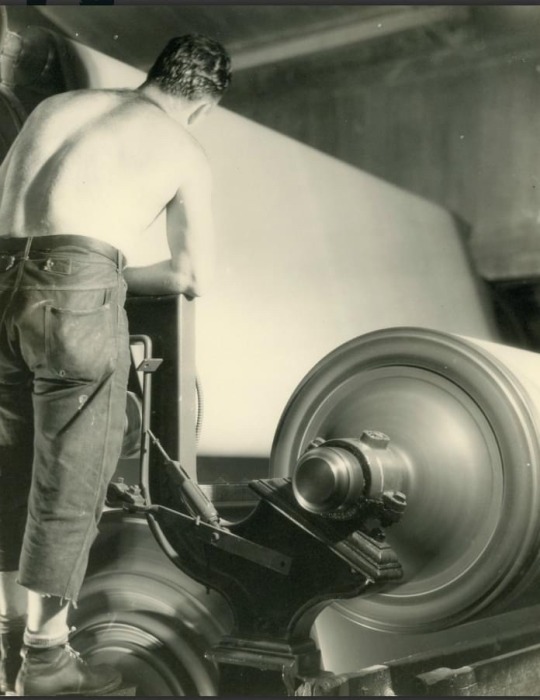
Worker at a paper mill, Newton Falls, NY. 1940s
106 notes
·
View notes
Text




Eva Noblezada and Reeve Carney at opening night of The Great Gatsby, Oct. 22, 2023. (📸: Rebecca J. Michelson, via Reeve's Instagram)
99 notes
·
View notes
Note
consider a swap smp aa au where Miles is the pixl


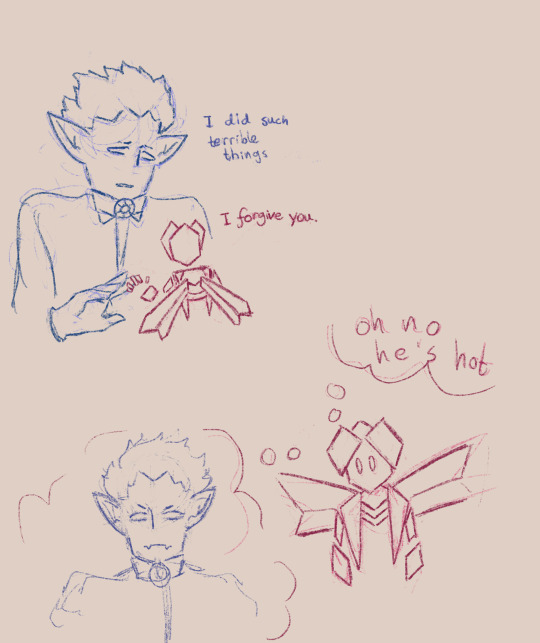
HI I absolutely RAN to my ipad upon seeing this ask to make sure I had some sketches down. Ended up working out some coherent designs ehehe
Man I lowkey like these designs more than I had for the initial AU :') Also OUGH I think Phoenix getting so fucked up and sad that he ends it all is just...kind of neat actually.
#i didn't see the full ask in the notif bar and deadass thought you were gonna say 'where Bleck and co. are in court'#which has been on my mind for sure lol. but i didn't think abt a role reversal version of this au before AA#i love doing the pixl designs it's all about SHAPES#ace attorney#super paper mario#miles edgeworth#phoenix wright#spmaaau#for Phoenix/Nikki I designed Phoenix's clothes and worked out his pixl form based on tbat#for Miles it felt easier to draw a pixl of him. Miles just has a lot of shapeable things going on lol#and then made that gay little outfit#i kinda like the name Mille for him...#you can say it the English way or the French way#the latter meaning Thousand. like he knows a thousand things as a pixl#anyway thanks for this it was incredibly fun to draw these
32 notes
·
View notes
Text
Is no one stalking Paper Mill's The Great Gatsby as much as I am right now??
#i Need a cast recording or a bootleg or ANYTHING PLEASE#the great gatsby#paper mill#paper mill playhouse#the great gatsby musical#jeremy jordan#eva noblezada
84 notes
·
View notes
Text
I drew the towers from newsies (or whatever ppl call the stage)

Ik this looks shitty and it only took me 2 hours but pls be nice 🙏🗞
#newsies#livesies#newsies broadway#newsies fandom#newsies live#newsies musical#stage#paper mill playhouse#nederlander theatre#Pantages theatre#toursies#newsies tour#newsies national tour#newsies paper mill#theatre stage
30 notes
·
View notes
Text
"He was never married": The story of John H. Packard, the papermaker [Part 1]

Three brothers (John and Charles Packard, RBM II), c. 1940. Likely in Plainfield. Colorized on Sept. 28, 2022 using Ancestry.com tools.
On October 15, 1882, John Henry Packard was born in Plainfield, Massachusetts to a farmer named Cyrus Winfield Packard (1852-1924) and former teacher, and shirtwaste worker, named Dorothy "Dora" Ann Mills (1849-1895). [1] He was an only child at the time of this birth. Over the years, he would have three brothers: Joseph Winfield (1885-1910), Charles Edward (1887-1960), and Robert (1891-1956) [adopted in 1895 by the Mills family]. He would also have 3 sisters: Margaret (1884-1976), Marion Estelle (1889-1965), and Mabel Hattie (1892-1961).
By 1900, he would be living in Plainfield with his father, Cyrus, his siblings, and Clementine, the second wife of Cyrus. He would be a farm laborer. [2] By 1918, he would work at George W. Sears in Windsor, Massachusetts as a farmer. A few years later, in 1920, he would be a papermaker working at a papermill and said to be the brother-in-law of Edwin A. Jordan, head of the household. Through the 1920s, he would be living in Berkshire, Massachusetts, again working at Pioneer Mill. By 1930 he would be lodging in Dalton in the Pierce household and as inspector at the paper mill. In the later 1930s he would again be working at Pioneer Mill and likely by 1940 when he was a boarder in a household led by Mary L. Munch. He would continue to work at the same location through the 1940s. By 1950 he would still be living in Dalton and lodger in the Cassidy household, working as a sweeper at paper mill. [3]
The latter was confirmed by the act that in 1949, he was identified as living in Dalton. He would die on October 28, 1950 of cirrhosis of the liver and noted as single. [4] The same had been stated in the 1950 census which stated that he never married. There is more about John than this, however. Part of that involves where he lived. In 1918 he was seemingly still living in Plainfield, [5] perhaps near where he lived in 1900, on High Street. He would also live in these locations through the rest of his life, all in Dalton, Massachusetts, a town said to be a "transition town between the urban and rural portions of Berkshire County":

Created using Google Earth Pro. Added pins by myself on September 27, 2022. I think "Bartonville" where he was in listed as living in 1926 and 1929 is likely Barton Hill Road. [6]
His obituary noted that he lived in Dalton for 32 years (1918-1950), and employed at Crane & Company and a member of the Dalton Congregational Church. In a weird twist of fate, he lived his last four months in Heath (where his brother Charles Edward was likely living), died at the Franklin County hospital in Greenfield, had his funeral at the Smith funeral home in Shelburne Falls, and was buried in West Hill Cemetery. Heath was a town that was a 30-40 miles away from Dalton, depending on which route you took, while Greenfield was even farther, at most fifty miles away and Shelburne Falls was 34-38 miles away depending on the route taken. However, where he is buried makes some sense. As it turns out, West Hill Cemetery, was only about 15 miles away.
Where John worked is now known as the Crane Museum of Papermaking, meant to care for, collect, and exhibit history of Crane Currency in order to "create an entertaining and educational experience of Crane Currency’s unique story" and papermaking itself. Since 1879, the Crane Company has supplied "banknote paper for United States currency." His role as a papermaker is akin to someone working at Westinghouse as an engineer in Pittsburgh as it is a similar situation in that one company was the main employer of the town. He worked at the Pioneer Mill, for which there as a parade in 1924, which he was likely a part of. That mill is at the current location of the Crane Museum, as confirmed by a nomination form for the National Registry for Historic Places in 1977. While he worked at the company, it was still run by the Crane family.
His time in Dalton is still generally a mystery, while historic photographs from the town's Historical Commission do not show him, local history books like A Bicentennial History of Dalton, Massachusetts 1784-1984 by Bernard A. Drew seem a bit expensive. Papermaking is said to be a big part of the Housatonic Valley region, even turning the southern Berkshires into "the center of the country’s paper industry" by the 1840s. It was also a key part of towns near Dalton, like Lee.
A deeper dive into the censuses reveals something: those he lived with also were listed as papermakers and undoubtedly also at Crane. For example, in 1920, he was living with Edwin A. Jordan, and his wife Fannie F., with both listed as papermakers. The household next to them, headed by Charles F. Dunham was the same way. On the same page John appears on, there are many others working at the paper mill. [7] While many of these families are have a typical nuclear family with a husband, wife, and children, some are households led by women, like those led by 34-year-old Bertha Greene, 47-year-old Elizebeth Marshall, or 31-year-old Rose Orten. The vast majority of those living there, on this one page, were born in Massachusetts, while some are from England, Pennsylvania, Ireland, Canada, or New York.
By 1930, the situation was relatively the same. The household John was staying in was headed by a man who was also an inspector at the papermill. In that same household, his wife, Harriet was a janitor, while a fellow 72-year-old Irish lodger, Rhoda Peterson, was also an inspector at the same place. On that page were listed an inspector at a woolen mill (46-year-old Patrick J. Enright), a sorter at the papermill (45-year-old Mary T. Gaffney), and a papermaker at the same place (44-year-old Cora M. Sherman). By 1940, he was the only person working at the papermill in the place he where he was lodging, but there were others nearby who worked there, like 35-year-old George A. Mongue and his 33-year-old wife Maguerite, 22-year-old James Fraley, 54-year-old Katherine Callahan, 61-year-old Frank J. Yates, and 68-year-old Catherine White. The same would be the case in 1950, when the head of the household, 63-year-old Frank Cassidy, was a guard at the paper mill, while Frank's 65-year-old daughter, Margaret, was a clerk there. On the same page is a 31-year-old sorter named Catherine Mongue an 18-year-old file clerk named Clara L. Brophy who were both listed as working at the papermill as well, along with a person who seemed to assemble parts at a woolen mill, 32-year-old Charles E. LaChurch.
My original aim of this post was propose that John may be gay since he lived his whole life and never married. As Michael J. Leclerc writes, as I noted in my post last month, "common signs of LGBTQ+ people are those who never married, or who married late in life or had no children" with the caveat the "these facts alone are not proof" and that additional signs are needed. However, it is hard to say for sure, even as Massachusetts is currently one of the most LGBTQ-friendly states, and has a large population of LGBTQ people today, especially in Suffolk, Hampshire and Franklin Counties. Dalton is in Berkshire County, with one of the lowest percentages of LGBTQ people. [8] Of course, these are current numbers, and there was no accounting in surveys of who was LGBTQ in Massachusetts during the time he lived there, from 1918 to 1950, so it is hard to know how many LGBTQ people were in Dalton during that period. After all, the so-called "getaway" for LGBTQ people in Western Massachusetts is Northampton, which is 36 to 42 miles away from Dalton, depending on the route taken. Only recently has the LGBT Chamber of Commerce expanded to Western Massachusetts, an area dubbed the "land of many rainbows" for older adults in 2017, as people move out of cities and to rural areas as prices in cities continue to climb. [9]
Before coming to a firm conclusion, I'd like to look at the censuses where he appeared again. Edwin A. Jordan, head of the household who lived with in 1920, died later that year. Edwin, who was married to a woman named Fannie as I noted earlier, was said to be John's brother-in-law, with no one else in the household. Something similar happened in 1930. In the census that year, Herbert Pierce, who headed the household where he lived, died in 1935. Pierce was married to Harriet Whitney. There were no other men in the household, as everyone else were women, either related to Herbert, his wife, or were lodgers. [10] By 1940 he was living in a household headed by a widowed landlady, Mary L. Munch. There were various single men in the household. This included a 37-year-old man named James Leland Fitzgibbons, who is noted as never marrying in the 1950 census, and also confirmed by the 1930 census. [11] There was also a 52-year-old man named Albert Cleo Maynard who was then-single. Albert would marry a woman named Mary Tubbs (1880-1964) in 1947, who would die in 1959, while Mary died many years later. By 1950, John was living in a household with no men apart from the head of the household, 62-year-old Frank Cassidy, who was married to a 58-year-old woman, Lidia E., and had a 25-year-old daughter named Margaret.

From Page 13 of aforementioned nomination form for the National Registry for Historic Places in 1977. John worked at the Pioneer Mill
So, in sum, there is not enough information, at this current time, to say that John was gay. Instead, all we can say, with definite certainty, that John was unmarried his entire life and worked at a paper mill for most of that time, from 1918 to 1950, since he moved from place to place across Dalton during his time there. Otherwise, his life will remain a bit of a mystery, although not as much as brother who was killed by a train in Nebraska.
Note: This was originally posted on July 10, 2023 on the main Packed with Packards WordPress blog (it can also be found on the Wayback Machine here). My research is still ongoing, so some conclusions in this piece may change in the future.
© 2023 Burkely Hermann. All rights reserved.
#colorized#plainfield#massachusetts#packards#family history#genealogy#genealogy research#dalton#plainfield ma#paper mills#20th century
0 notes
Text
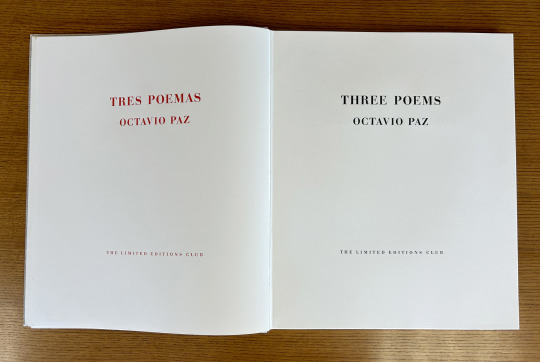
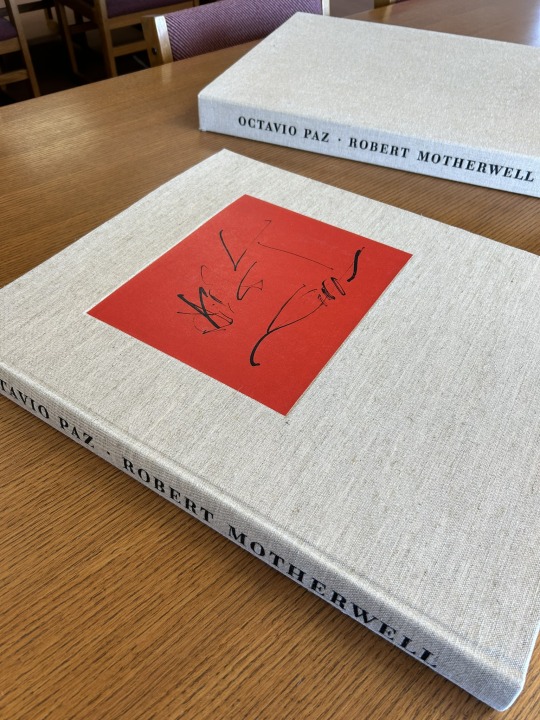
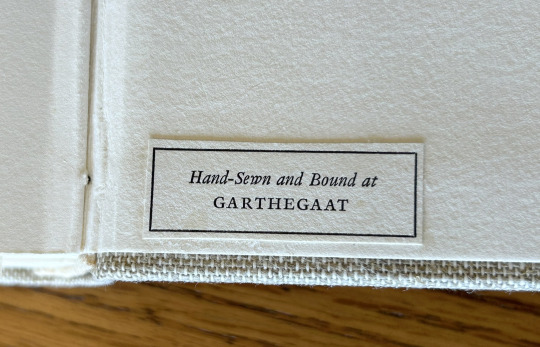
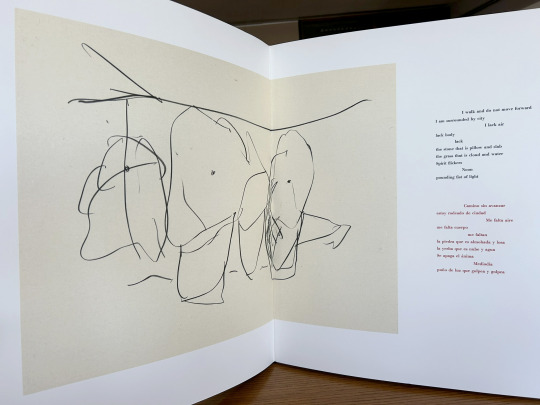

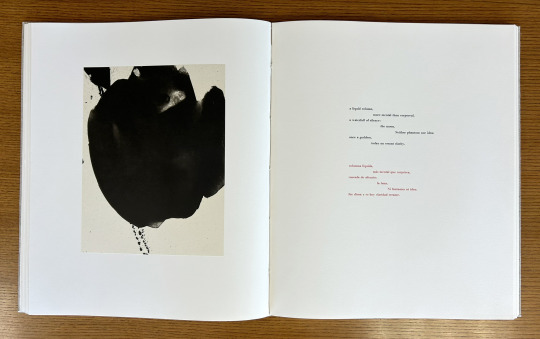
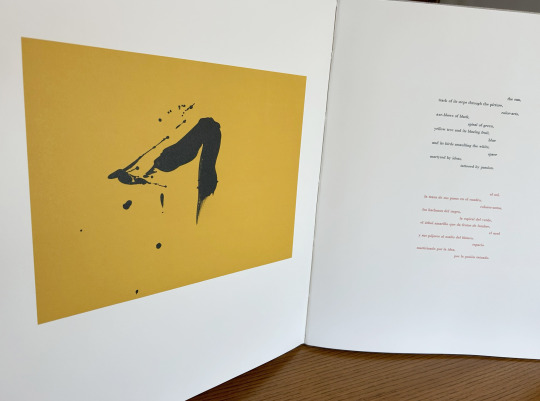

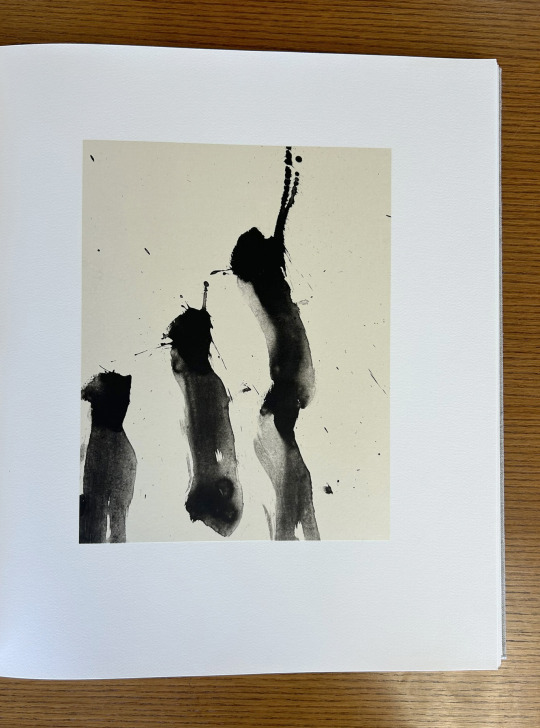
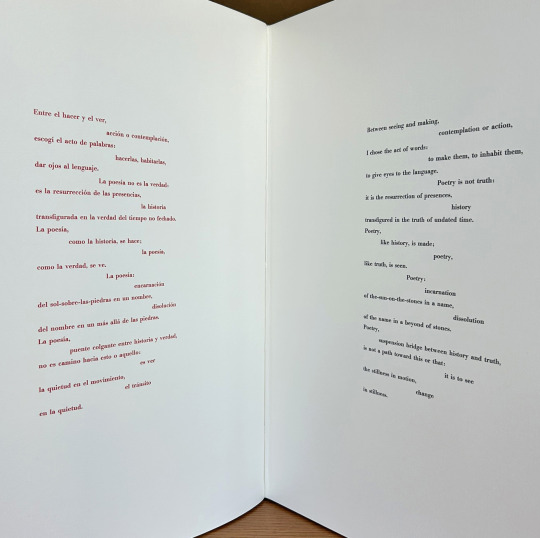
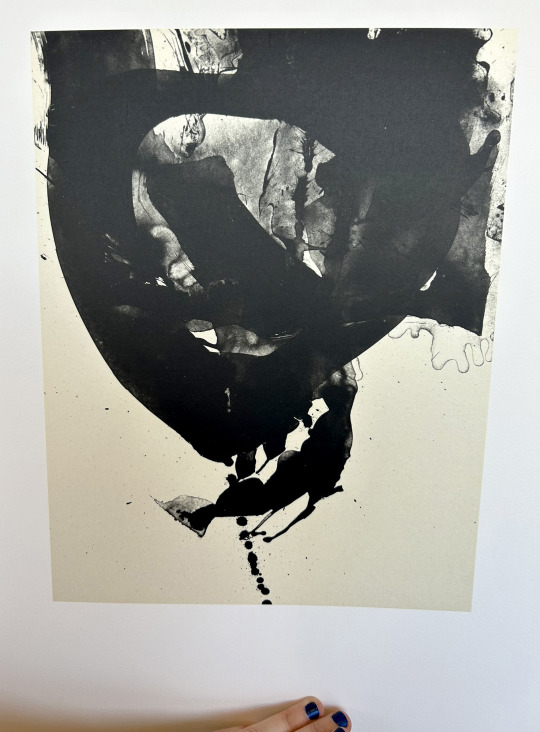
It’s Fine Press Friday!
Today we’re taking a look at our 1987 Limited Editions Club release of poet, diplomat, and Nobel laureate Octavio Paz’s (1914–1998) Three Poems. Published as a bilingual Spanish-English edition of selections from The Collected Poems of Octavio Paz, 1957-1987 (translated by Eliot Weinberger, the primary translator of Paz’s work into English), this prodigious publication measures 56 cm and features lithographic illustrations by abstract expressionist painter and printmaker Robert Motherwell (1915-1991). The text was handset at Stamperia Valdonega (Verona, Italy) in Bauer Bodini Bold and Bauer Bodini Bold Italic typefaces, both of which were cast by Fundicíon Tipográfica Neufville (Barcelona, Spain). Lithographs were printed at Trestle Editions on hand-made Japanese papers and text was printed at Wild Carrot Letter Press (Hadley, MA), Stamperia Valdonega, and The Heritage Press on mould made paper from Cartiere Enrico Magnani (Pescia, Italy). It was hand-sewn and bound at the Garthegaat Bindery.
The book was designed by Benjamin Shiff, LEC book designer and son of Sidney Shiff, who had purchased the debt-ridden Limited Editions Club in 1979. Under the leadership of Shiff, a one-time Wall Street broker, the LEC gained a broadened subscription base, increased the quality of their publications, diversified their roster of artists, and returned to profitability.
Though minimal and modern in presentation, the production of this edition plumbed the depths of printing history. The Magnani paper mill was established on the banks of the Pescia river (known for its clear water- a necessity for paper production) in 1404, half a century before Gutenberg’s printing press was first put to commercial use. And the Fundicíon Tipográfica Neufville (operational 1885-1995), also known as Neufville Typefoundry, was the biggest 20th century supplier of the printing industry in Spain. After a number of ownership transfers, the company, alongside Bauersche Gießerei (a German typefoundry, operational 1837-1972), was succeeded by Bauer Types, which would leverage ownership of the rights to many of the original typefaces from both foundries to lead the way from lead type production to digital typography.
--Ana, Special Collections Graduate Intern
View more Limited Editions Club posts
View more lithography posts
View more Cartiere Enrico Magnani posts
View more Stamperia Valdonega posts
#Fine Press Fridays#Fine Press Friday#Limited Editions Club#lithography#Cartiere Enrico Magnani#Stamperia Valdonega#Bauer Types#Magnani paper mill#Bauersche Gießerei#Octavio Paz#Eliot Weinberger#Robert Motherwell#Fundicíon Tipográfica Neufville#Three Poems#Tres Poemas#Wild Carrot Letter Press#Trestle Editions#mould made paper#Garthegaat Bindery#Benjamin Shiff#Ana
23 notes
·
View notes
Text
Social media would not have killed a person from the 1700s because do you know how many of those guys went to the trouble of starting their own entire newspaper just to have a soapbox to say that they wanted to kill some politician from. if anything they would be relieved if you told them that all you have to do to do that in the future is give a magic box your name and email address
#francis joy WOULD die if you told him about twitter but from joy (lmaoo) that in 2023 he wouldn't have to open any paper mills to be able to#tell everyone that he thinks that the irish government should be attacked with a heavy artillery barrage by a paramilitary. not from horror#history shitposting#18th century#jory.txt
57 notes
·
View notes
Text
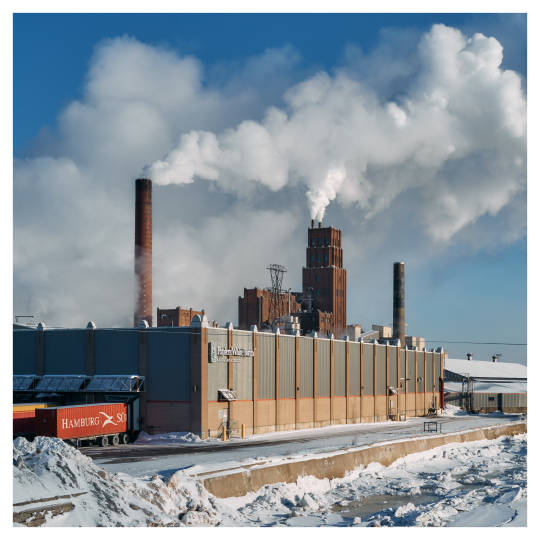
boulevard des capucins, québec
115 notes
·
View notes
Text

What I got so far from the works I have been working on.
#been working hard at trying to write#writing whatever comes to mind and putting it on paper#writing when inspiration comes#writers block#chessy x reader#lin beifong x reader#melissa schemmenti x reader#regina mills x reader#melissa schemmenti#chessy#regina mills#lin beifong#abbott elementary#the legend of korra#once upon a time#the parent trap
23 notes
·
View notes